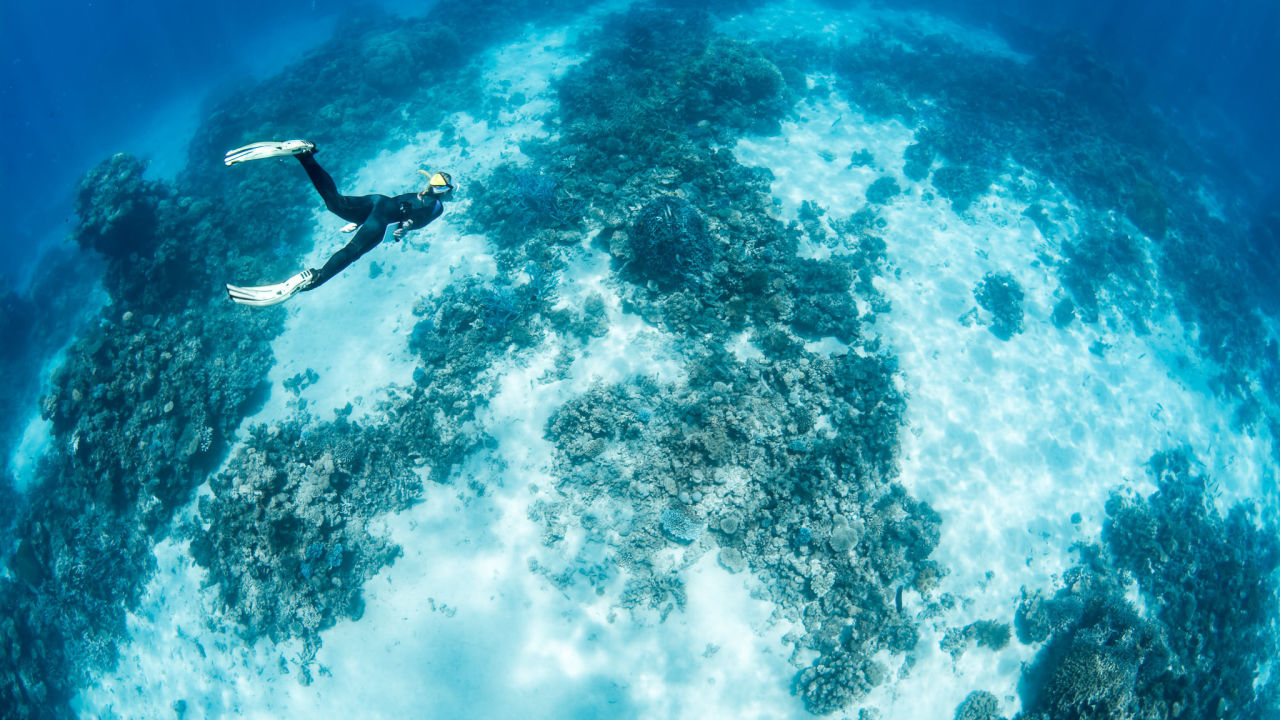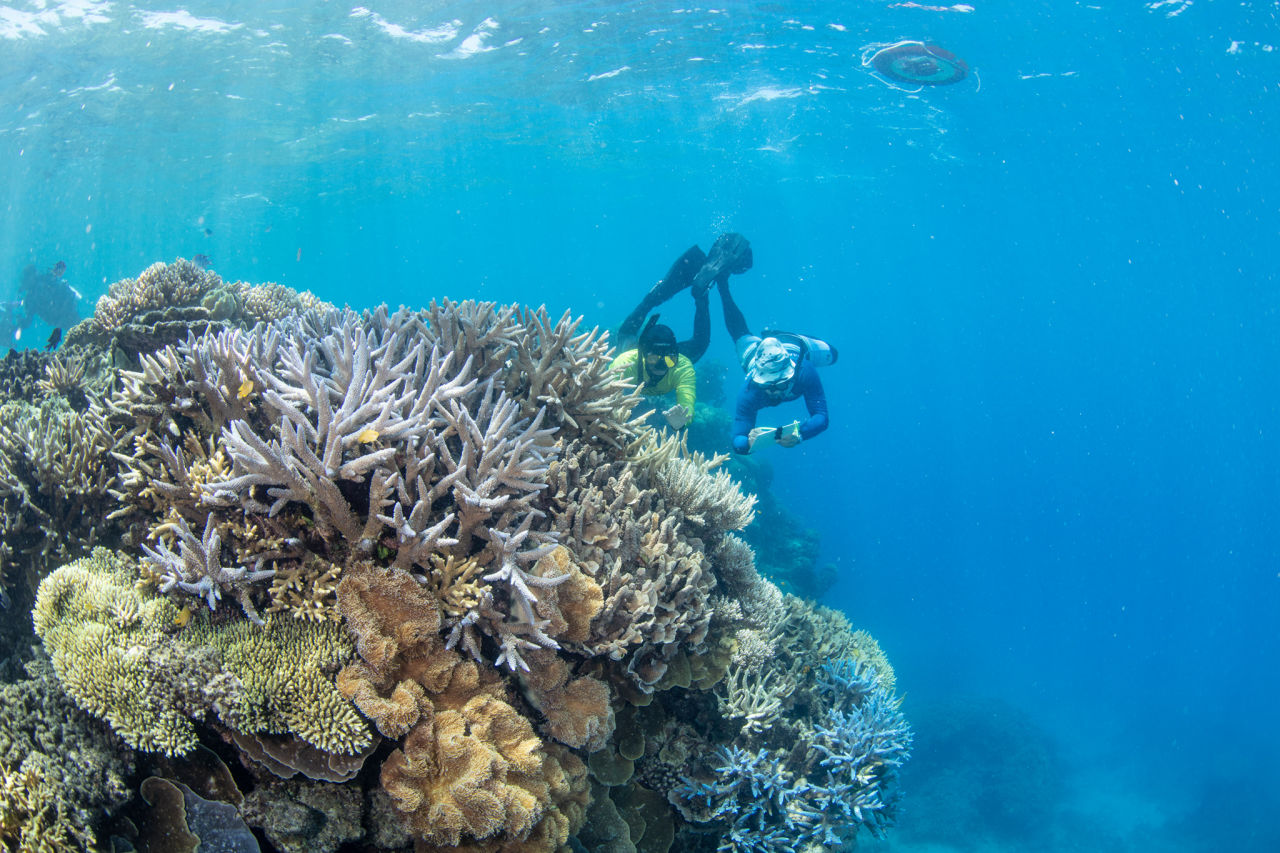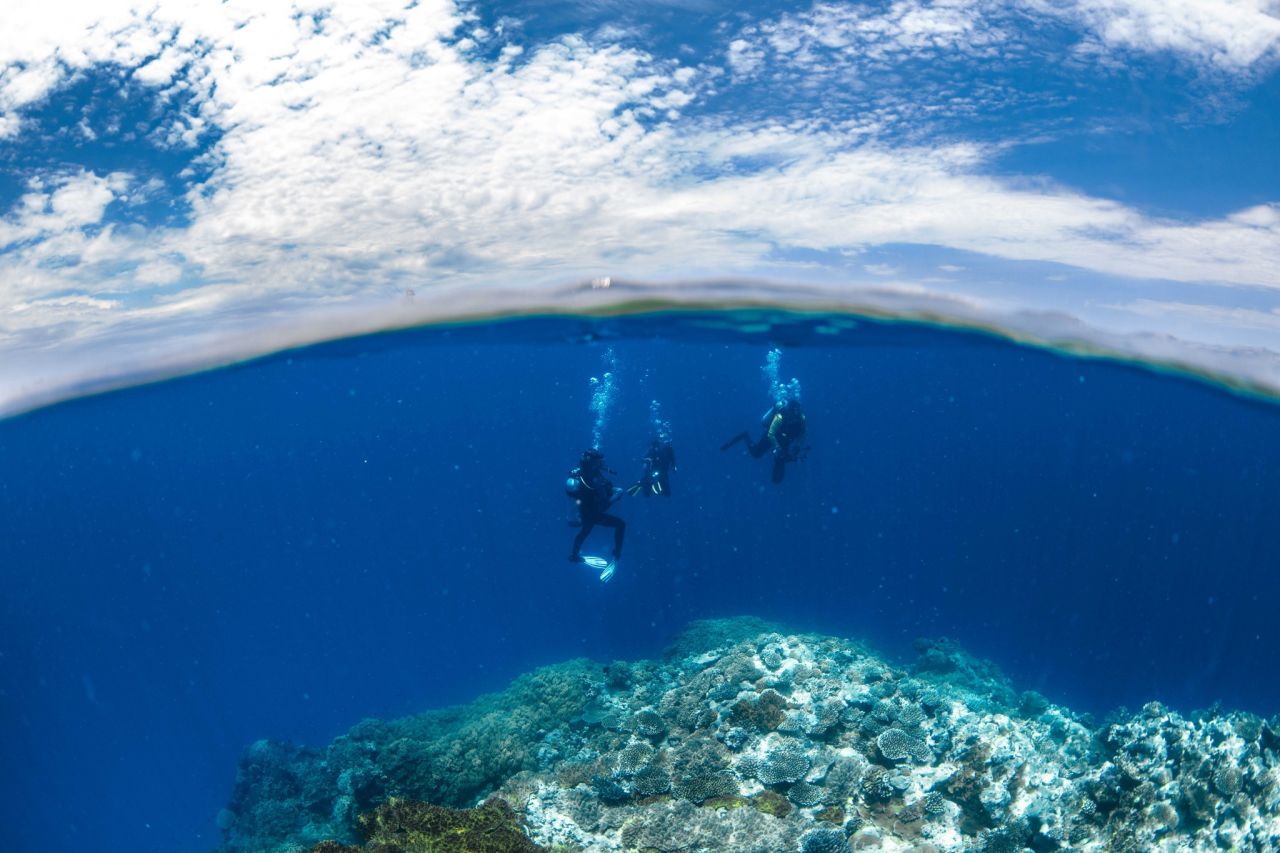Project News ·
Citizen Science project wrap: Stories of impact
Combining Citizen Science and innovative technologies to enhance reef management
Impact summary (Project funded mid-2019 and wrapped early 2022)
The Eye on the Reef Photo-Point Enhancement Project was collaboratively designed by Reef Teach with the Great Barrier Reef Marine Park Authority (GBRMPA) and the Australian Institute of Marine Science. The project piloted using geo-referenced underwater photographs analysed with artificial intelligence to boost coral reef citizen science monitoring by Reef tourism staff.
The pilot project has demonstrated that this method can assess changes in the condition of coral reef habitats over time, support the tourism industry to incorporate the activities into their ongoing operations and will result in integration of the method into GBRMPA's Eye on the Reef Tourism Weekly monitoring approach.

Project Impact Story
Across the Reef, the tourism industry is already collecting citizen science data to help care for tourism sites and inform broader management practices. This includes collecting data for GBRMPA’s Eye on the Reef (EOTR) Tourism Weekly program to record indicators of Reef health and the presence or absence of protected and iconic species. However, there is potential for operators who know and regularly visit Reef sites to further contribute meaningful information to inform Reef management.
This project responded to this opportunity and trialed a new method to enhance existing approaches - training tourism crew to use georeferenced photo surveys to capture images of the Reef to document changes in coral cover at frequently visited tourism sites. These underwater images were captured by tourism operators and trained staff several times a year, along a defined monitoring path.
Nine operations from the Ribbon Reefs to Lady Elliot Island have now been set up to contribute to monitoring at nineteen high-value tourism locations. A diverse range of sites on the outer reef, sandy cays, continental islands and even ribbon reefs at the edge of the continental shelf were surveyed, helping to test the method across a variety of habitats.
“The project has shown great promise in bridging a gap, allowing tourism operators to simply and efficiently gather the information needed to make meaningful contributions to the management of the sites we rely on to run our business."
Justin Bovery-Spencer Marine Biologist Reef Magic, Experience Co.
A key project impact has been the involvement and capacity building of tourism staff. Reef Teach worked alongside Rtourism staff to support on-ground implementation for standardised data collection and integration into each tourism operation. This helped the pilot project to better understand logistical needs, so that roll-out can be further standardised in the future.
All tourism staff participants reported learning new skills in the new methodology, getting to know their sites better, and being able to confidently explain the variations and changes in their site.
The project offers an opportunity for tourism staff to engage with tourists to provide insights into Reef ecology and the importance of citizen science programs. These opportunities also open up ways for tourists to learn more about the Reef, as well as discovering ways to contribute information through using technology like the Eye on the Reef Sightings citizen science phone app to share sightings of key species or points of interest and upload an image.
“The Photo Point Project has been an awesome method for the tourism industry to incorporate science into our own workplace. The data that we can collect from the project is extremely valuable not only to science and monitoring of the reef but to the tourism industry, as it allows us to convey the conditions of the reef to our passengers. The program has been very useful and I believe it is crucial for the continued monitoring of the Great Barrier Reef.”
Matt Fields Ocean Free and Freedom

Field based training in Cairns. Credit: Reef Teach
One of the adaptations made for project delivery during the COVID-19 pandemic was shifting from the initial face to face training with tourism staff to an introductory training video format. This change in training delivery unexpectedly catalysed the opportunity for the project to expand far beyond the original intended Cairns-Port Douglas area.
In addition to piloting ways to support training and collect the citizen science data with tourism operators, the project also trialled innovative ways to process the underwater imagery data using the AIMS Reef Cloud artificial intelligence platform. Manually assessing images during the project helped to train the system to automatically process images and offered a way to compare the effectiveness of the two methods in assessing changes in coral cover. Currently, manually assessing coral cover in each image takes about 10 minutes. Ultimately, using Reef Cloud to automate assessment could substantially reduce image processing time, offering efficiencies in analysis and timely reporting.
Another benefit of collecting Reef health data through imagery is that the images can be used to explore broader indicators and applications beyond changes in coral cover. The achieve of images can be stored in perpetuity, offering a digital library for researchers to explore other critical information (such as coral disease or more fine scale assessments of sites).
“The program is aligning with industry needs to be more proactive in site stewardship and communication. This project has been a showcase about tourism and science working together. It has opened the conversation about how community data can meet key science for management needs and demonstrated another example of how tourism can genuinely contribute to site stewardship and broader Reef management efforts.”
Gareth Phillips, CEO Reef Teach
This pilot project has helped to develop a standardised method to ensure data quality and use by science and management.
It looks likely that this new method will be embedded for future updates to the Eye on the Reef program, demonstrating the value that this new simple method brings for long-term reef health monitoring and guiding site stewardship activities.

Photo credit: Gabriel Guzman Calypso Reef Imagery and Underwater Camera Hire
This Reef Teach project was funded by the partnership between the Australian Government’s Reef Trust and the Great Barrier Reef Foundation (2019-2022) with project partners, Great Barrier Reef Marine Park Authority and Australian Institute of Marine Science.
#Related

Project News ·
Community at the forefront of Reef water quality protection

Project News ·


